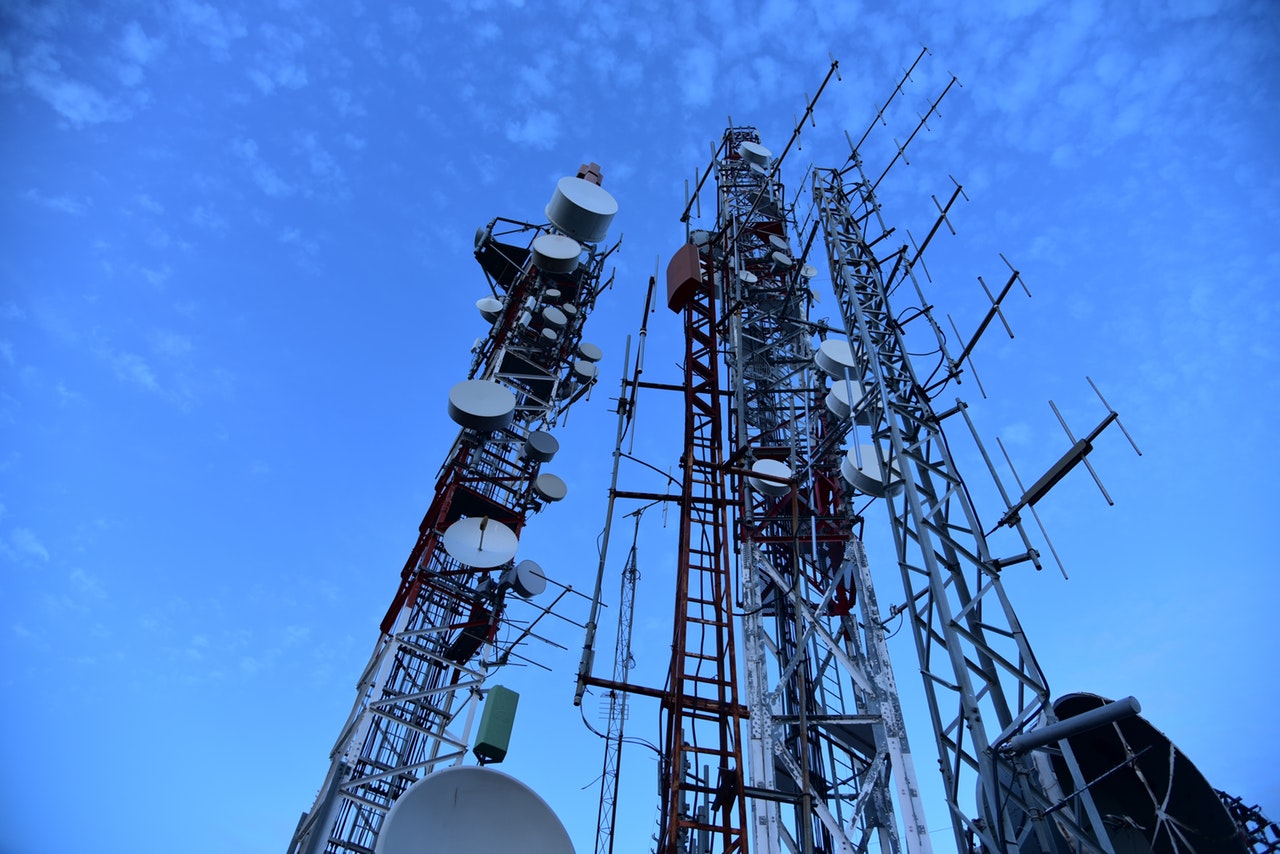What Is 4G Technology And How Does It Work?
What is 4G technology? Well, to learn more about this, we have to delve into the history of mobile technology. Mobile phones have come a long way since first introduced several decades ago. While these mobile devices came into effect during the 1980s, portable phones did not become commonplace until the end of the 1990s. These phones consisted mostly of large, brick-style devices designed only for making and receiving phone calls. Eventually, the flip phone came out and, with it, the second generation of mobile platforms. The second generation made it possible to send and receive more information than just phone calls. It allowed for transferring text messages and the download of some basic information directly to the phone.
Mobile phones continued to evolve over the subsequent years and eventually, this heralded the arrivals of smartphones. The first PDAs came out in the mid-2000s with HTC releasing the very first official smartphone (although the Apple iPhone, which came out several months after, stole much of the spotlight). After several releases, the iPhone and other mobile devices connected to 3G, or the third generation of mobile data technology. Mobile phones were no longer just sending text messages and phone calls but now connecting two continuous GPS signals while downloading applications through mobile operating systems.
As such, these phones needed to run on the faster 3G network. Along the way, upgrades to the third generation of mobile data networks came about. However, the next big data upgrade didn’t take place until mobile phone providers released 4G. Now, on the cusp of 5G, it is important to look back at what 4G technology is, what it can do and why it is so important over other forms of mobile technology.
What Is 4G?
4G technology is short for fourth-generation. It is the fourth generation of broadband cellular network technology. It came out in order to support the greater data requirements consumers developed while using their mobile devices. This included the need to stream HD video, perform video conferencing (such as with Facetime on Apple devices) and video chatting through applications like Snapchat.
International Telecommunications Union Radio

The ITU-R (International Telecommunications Union-Radio) created the 4G requirement standards back in March 2008. With it, networks needed to offer at least 100 megabits per second download speeds and up to one gigabit per second for low mobility communications. Through testing and networking updates, the standardization became official in the spring of 2011. At that time, many older specifications and protocols used in 3G networks were abandoned. This was in order to reach the necessary speeds.
This forced most data transfers and phone calls to pass over an Internet Protocol form of communication (similar to VoIP services). This is also why, if you’re in an area that is bottlenecked with too many data requests on the local network in a small location, you can switch your phone to 4G. It will work fine because the two networks require a different technology. 4G has officially been around and available to the general public since 2011, and now it is nearing the end of its life cycle. Mobile networks are now looking for ways to offer upgraded mobile services with 5G technology.
What Are the Benefits of 4G Technology?
Mobile networks continue to move forward, so before you know it, 4G technology will be passed by 5G and likely soon after, 6G. As data demand continues to increase so too will the need for new mobile network technology. However 4G technology has several critical benefits over the previous 3G networks (including the variant upgrades made within 3G before 4G technology came out).
Higher Bandwidth

One major benefit is that 4G technology allows for higher bandwidth. Likewise, it uses a lower latency, which means there are fewer dead zones and fewer idle to active times. In these instances, a download request on 3G might have been frozen or put on hold until it had the appropriate bandwidth to begin the download. Beyond this, because 4G technology features a higher spectrum efficiency, it costs less for networks to maintain the network. In theory, this should reduce the cost of a mobile network because it isn’t as expensive to take care of the higher network capacity.
While the cost of traditional mobile networks is debatable, there are secondary networks that piggyback off of the main networks that do charge far less. So while major networks are not likely to slash prices substantially, even with less expensive maintenance costs, it is possible to locate cheaper alternatives.
Help Developers

One of the biggest advantages of 4G is not to mobile users but to the developers. This is because, unlike other forms of previous mobile technology, 4G is both backward compatible and future proof. Due to this, it is possible to build 5G on top of the current 4G network. By building on top of the foundation instead of building a new network, mobile carriers should be able to upgrade for less than the amount previous upgrades would have cost.
Connected with the cost-effectiveness of 4G, all data is transferred through IP networks, which allows for faster and easier integration. This faster and easier method cuts run-time costs and doesn’t put as much of a damper on a mobile network as 3G might have. The improved network also allows for an improvement in overall network security and mobile service providers can implement new safeguards to protect current users who connect to the network.
Key Facts about 4G Technology
When it comes to mobile technology, there are some interesting facts and bits of information regarding 4G technology. These key facts about 4G technology should help you appreciate it more and show you just how important it has been to the continued development of mobile phones (and the applications mobile phones run).
4G vs 3G
First, 4G is up to three times faster than 3G networks. This allows you to download the same video, which would normally take nine minutes, in only three minutes. You can also download podcasts, music albums and stream more content faster and with less buffer time.
Before a full network is rolled out, there is a guinea pig city that is tested out. These cities are often located away from other cites as this helps the mobile company monitor how the new network works with no interference from other networks. The very first 4G city test occurred in Slough, Berkshire back in 2009, which was right about when the average mobile user was just getting into the world of 3G mobile phones. However, in terms of mass appeal, 4G technology did not fully take over the world of mobile devices until 2013. It took time for mobile providers to install new towers and upgraded the networking requirements. It also took time for new phones to hit the market capable of connecting to the new 4G technology.
When it comes to comparing 4G and 3G, many people make the incorrect assumption that 4G uses more data than 3G. This is not the case. It can download the information faster, but in many ways, it does not use any more data than previous mobile devices did. When listening to music or downloading a movie, both file formats downloading the same content. Just the 4G finishes in a third of the time.
Upgrading to 5G
There are still a few years left with 4G serving as the main network for consumers not just in the United States but around the world. 5G is currently in the production phase and is being tested by mobile networks. Currently, it is believed the new 5G networks will have download speeds of up to one terabyte per second. This is to help provide for some newly updated programs mobile users will want to take advantage of, including an increase in mobile gaming and 4K video streaming services, such as those used on Best Buy. It is believed 5G mobile networks will hit the average consumer right around the middle of 2020 although this date will probably change.
There is a number of benefits associated with using a 4G based mobile device. When compared to 3G networking it is substantially faster (up to three times as fast), and often you’re not using any more data than with 3G. You just happen to be able to download the content faster.
Conclusion
Mobile phones have come a long way in the nearly 30 years. These phones took a major leap in data demand with the advent of the smartphone. Now, the average consumer uses their mobile phone more than a desktop computer. By streaming everything from music and video services to downloading major applications and uploading large files to cloud storage services, 4G technology has become especially important to the continued development of mobile devices. With 5G right around the corner, it’s important to know what 4G technology has done in the world of mobile devices and how 5G will probably build on it. So, make sure you remain on the lookout for the latest news and updates regarding the 4G switch to 5G. You will then be able to enjoy even faster speeds and greater benefits than with 4G technology
